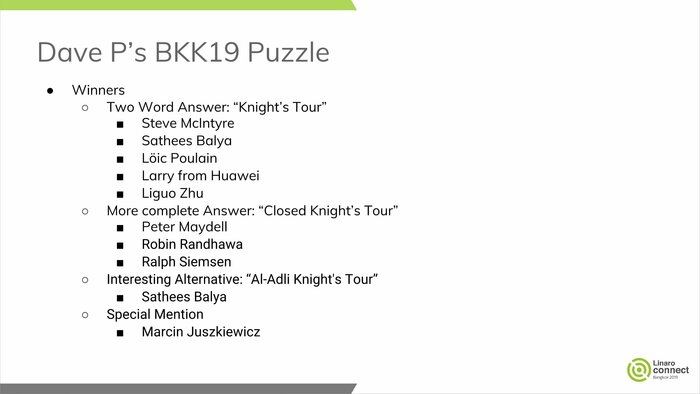I had some kind of personal website since started using Internet in 1996. First it was set of hand edited Lynx bookmarks, then were experiments with wikis. Finally in 2005 I started using WordPress. And it was in use for those 14 years. Until now…
WordPress is nice platform but I got tired of it. More and more plugins and themes became demo versions of commercial products. Also amount of JavaScript and CSS added to website made it harder and harder to maintain. At some point I said myself that it is enough. And started looking for alternatives.
Pelican
Here came Pelican — static site generator written in Python. I had few attempts to switch to it and finally managed to find some time and sorted out all issues.
Someone my ask why Pelican? Why not Jekkyl, Gatsby, Hexo, Wintersmith or other. For me reason is simple — it is Python. Language which I already know. So in case of need I can read source code and know how to change it (already sent one change and it got merged).
Conversion
The good side is import from WordPress went nice. As I used Markdown most of posts required changes. Implementation in Pelican differs from old Markdown Extra + SmartyPants I had in my blog.
Images
Then came images. Copied whatever I had on previous website and removed all thumbnails. Then decided to go with 700px wide ones and to not link to original photos. Boring work as almost every image in every post needed change. Some entries got pictures removed (most of time due to their low resolution).
This also shown how my blog was changing through all those years. Over 10 years ago adding 300x300px picture into blog post was normal thing. Now such graphics got either removed or replaced with 700px wide one.
Some posts had galleries inserted instead of pictures. This took a bit more time as I was grabbing filenames from database to replace gallery with set of photos. And removed some of them during.
Look and feel
When I was collecting ideas for a new platform I had few ideas:
- static generator
- no JavaScript
- minimal CSS
- similar look to WordPress version
Pelican solved first point. Handling rest was harder.
I took a look at existing Pelican themes and tried several ones. Finally decided to make own one — like WordPress “Spacious” one.
As a base I used “Simple” theme. Typical template with header, content, sidebar and footer. Elements put in CSS grid for most of screens and once screen width goes under 70em layout switches to “flex”. This allowed for simple responsive web design. All in ~2.5KB of CSS (plus some code for webfonts).
Archives
One of big changes (compared to WordPress) is a way of presenting archive posts. You can go into archives to see the list of all my blog posts like it was before. But if you go for a list of posts in a tag (like AArch64, Red Hat, Zaurus) then instead of posts with pagination you get list of posts presented in archive form.
This should make old content easier to find.
Comments
As you may notice there is no way to comment posts anymore. Amount of comments was lower every year so I decided to not bother with them in new website. I could add Disqus for example but is it worth for just a few entries per year?
To Do
There are some things I need to take care of still. Page about my fridge magnets collection is missing, some entries may get some formatting changes or small contents edit. No big edits of old posts as they show how awful my English was in past (not that it got any better).


